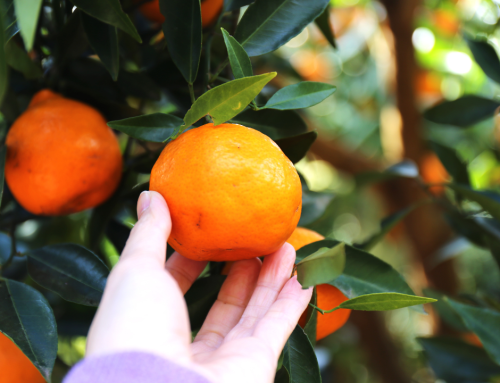Fruit fly snapshot
Fruit fly build-up commences when numbers in urban areas start to decline and fruit starts to ripen in rural locations – generally around February.
However, if your orchard or farm is close to town, (within 1km of the town boundaries) and has had significant fruit fly populations in December in past years, then it is recommended that you set traps regularly, use baits and if necessary approved pesticides. It is also important to monitor these traps, check your fruit for signs of infestation and check nearby non-crop fruit that might be nearby which could act as a fruit fly reservoir. These include fruiting plants such as blackberries, Indian fig, rogue stone fruit and citrus found on roadsides, creek banks, abandoned orchards, front and back yards and house gardens.
December weather forecast
Bureau of Meteorology weather outlooks suggest that conditions forecast for December 2021 will not be limiting for fruit fly survival and expansion.
Rainfall is not expected to vary much with weather outlooks forecasting a 50-60% chance of rainfall exceeding the median December level of 25mm to 50mm. Forecasts indicate there is 50% chance that maximum temperatures will be higher than the December median of 27˚C – 30˚C which is ideal for fruit fly survival. However, there is a much higher chance that December minimum temperatures will be higher than the median, allowing a higher level of comfort for fruit fly than is usual for this time of year.
La Nina
Weather outlooks are reporting that eastern and south-eastern Australia are entering a La Nina event – as we had in mid-2019 to early 2020. This generally means more rain, cooler maximum temperatures and warmer minimum temperatures. This also means more damaged fruit, bacteria, fungi and yeasts which leads to more fruit fly.
Hot spot areas
Even though no areas have reached significant fruit fly numbers – to the extent that they are in outbreak proportions – the following areas have registered concerning trap capture rates.
- Euroa
- Mooroopna
- Shepparton
It is recommended that growers and property owners who reside or farm near these towns have fruit fly traps out and have a fall-back position if numbers captured in traps increase (e.g. baiting, netting or tree removal).




